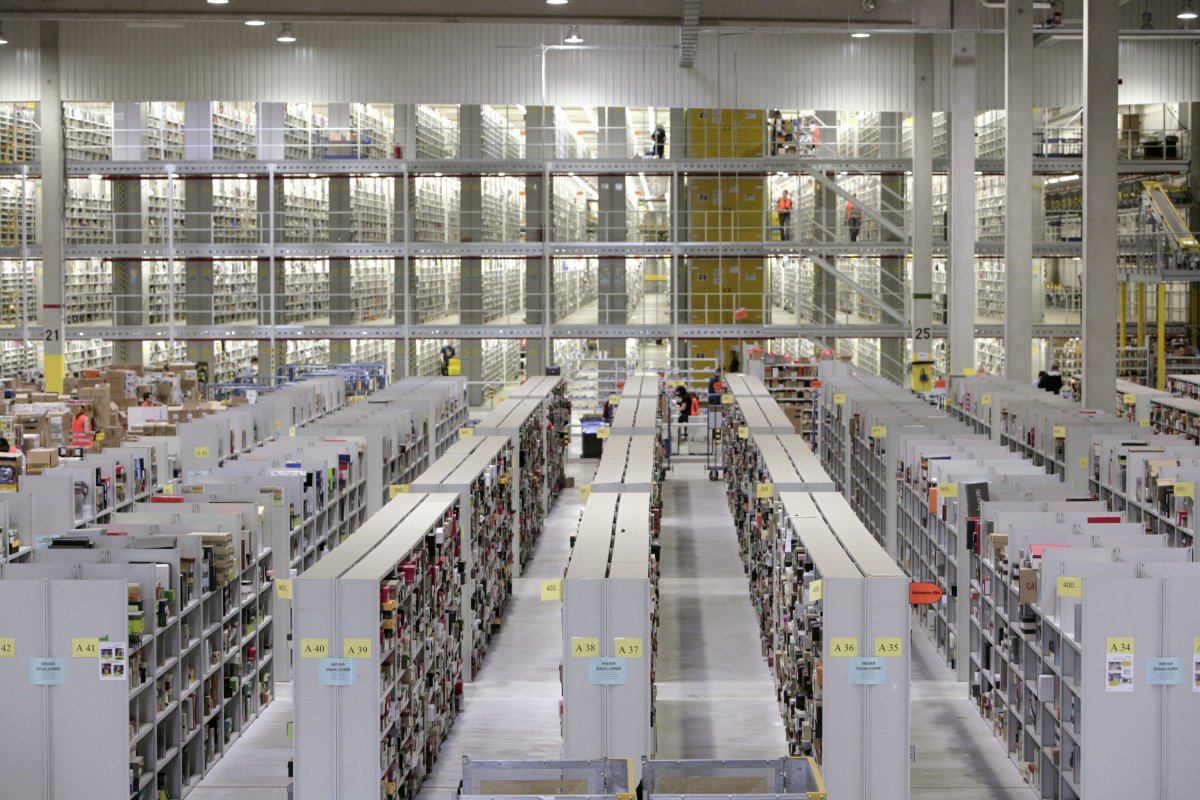TORONTO – Drops in sales for stores like Sears and Target, but gains for online shopping sites prompt questions about shopping trends: is online quick-delivery the retail model of the future?

Amazon.com Inc. is reportedly on a warehouse building spree, with about 50 new distribution centres that will allow them to ship products more quickly.
Bloomberg reports that sites like EBay have rolled out same-day delivery in some U.S. cities, and that Walmart is continuing to move sales online, amid disappointing second quarter results released last week.
But retail analyst Richard Talbot believes it will be less a replacement of the brick-and-mortar retailers, and more of a combination of in-store and online options in the future.
Talbot notes that Canadians who live in rural areas don’t have easy access to major stores, which is helping to drive online sales “fairly dramatically” since ordering a product and having it delivered is more convenient for them.
He says it’s “funny” that Sears is seeing a drop, since catalogue sales—more similar to online than in-store shopping—used to be their strength.
“Somehow they lost their way,” he said. “They were really ahead of the curve, and somehow they just did not click in quick enough to the online retailing.”
- Canadian man dies during Texas Ironman event. His widow wants answers as to why
- ‘Shock and disbelief’ after Manitoba school trustee’s Indigenous comments
- Several baby products have been recalled by Health Canada. Here’s the list
- ‘Sciatica was gone’: hospital performs robot-assisted spinal surgery in Canadian first
Talbot called the entry of Amazon into Canada “dramatic,” explaining that because they carry both high and low-end products with the option of quick delivery, they may be seen as a better option for people who have less time to browse.
“Am I going to drive half an hour downtown and go see if the store has what I want in the right size, then discover they haven’t, and I have to get back? Or am I going to order exactly the right size online, and save the trip and the gas?” he pondered.
However, Talbot admits there are some parts of the shopping experience you can’t get online, and University of Ottawa’s Telfer School of Management marketing professor Michael Mulvey agrees.
“A lot of people enjoy the in-store shopping experience,” said Mulvey. “A lot of people will have a list when they go to the grocery store, but when you look at the cart when they leave, about 60 per cent of that cart are things that weren’t on the list initially; so there’s something to be said about discovery.”
Another important element is having fun during your shopping trip: whether that be shorter lines, stores that always have items in stock, or happier staff.
He says that higher-end stores like Nordstrom offer excellent customer service that necessitates a trip to the store.
“Customers that are seeking advice-they’re looking for a fashion consultant…they could care less about next-day delivery,” he said. “What they want is almost a friend who has the fashion know-how.”
Other factors are the high shipping costs in Canada, and whether you can make your self-selection with confidence, adds Mulvey.
“If you’re buying a toaster, that’s no big thing, but buying a $5,000 suit? I don’t think I want to be buying that online,” he said, noting that shopping involving customization or the need for sound advice is better suited to in-store.
Mulvey believes if there is a new retail trend, it’s that the market is being stratified into two tiers: high and low.
He says with the stores that fit in the “low” category, it’s all about price. Mulvey explains that’s why Amazon has been able to gain a price advantage over many of its competitors, since it doesn’t have the retail overhead, staff to pay or as much inventory. However, he notes stores like Best Buy will match prices on certain items, which may have a longer-term pay-off.
“Maybe they’ll not make as much as they’d like on that item, but they will get that customer into the store, and whenever they go to buy that Blu-ray player for $79, they’ll also pick up $120 worth of DVDs. So it’s a cross-selling opportunity,” he said.
“It is really important to get people into stores, because so much of shopping is impulsive.”


Comments